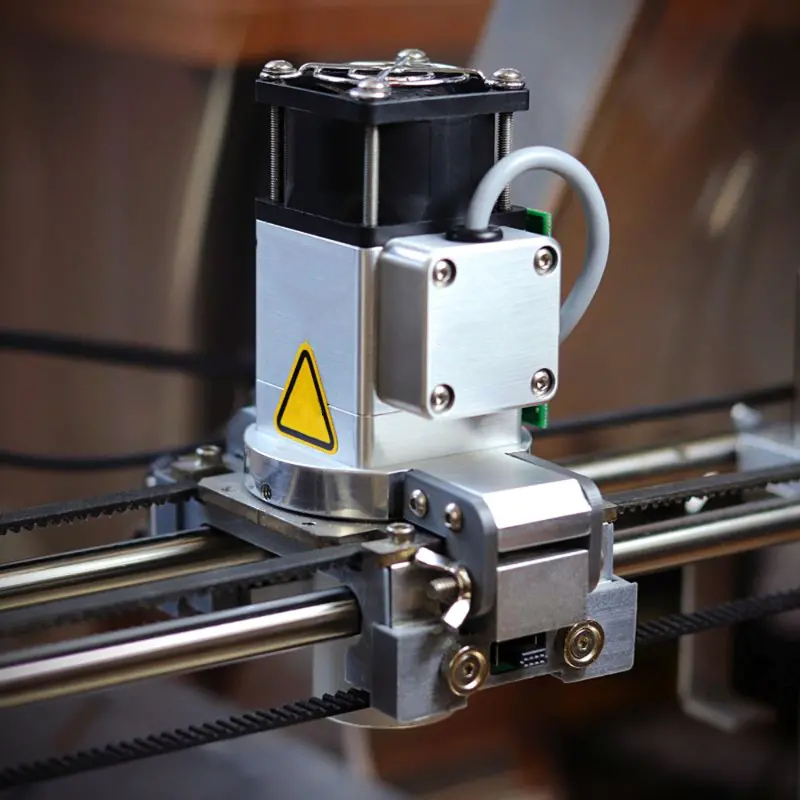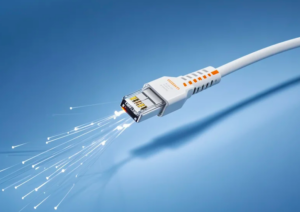Table of Contents
ToggleCNC Machining Parts Process Explained
CNC machined parts are rated a high standard for prototyping because of the precision manufacturing process it undergoes. This process can hold tight tolerance. Ideally, CNC machining has resulted in incredible innovation as it allows the designing and manufacture of parts with complex geometry. That is why; it is an essential process for making products used every day. In this article, you’ll learn about the CNC machining parts process and anything you need to know about CNC machining.
what is CNC machining?
CNC machining is an ideal secondary option for 3D printed parts, especially if it needs drilling, boring, face milling, and other precision to enhance its features. This complementary technology provides the fastest CNC machining with multiple projects programmed and beginning the same day.
CNC machining Process
CNC machining is known to be a subtractive manufacturing technology. During the CNC machining process, the material gets removed from the solid block using various cutting tools rotating at high speed to produce parts based on the CAD provided. The most commonly used CNC machines are plastic and metals, which we will discuss further below.
CNC machining parts have a high tolerance and high dimensional accuracy. It is currently one of the most cost-effective ways of producing metal prototypes compared to 3D printing. The CNC machining process is perfect for one-off jobs and high-volume production.

CNC machining Materials
Since CNC machining is a precision manufacturing process, various materials are used depending on the client’s requirements: metals and plastics.
Plastic CNC machining materials
- ABS
It’s the most common plastic used because of low-cost engineering and is easy to machine and fabricate. They are suitable for structural components, machined prototypes, Housing, covers, and support blocks.
- Polycarbonate
They are also the most common plastics used in the manufacturing industry. More so, PCs are impact-resistant, flame-retardant, and heat-resistant. It’s also the most common recycled plastic worldwide. Polycarbonate has a glossy finish which is relatively prone to scratches.
- Nylon 6/6
This is the most commonly used plastic in the Nylon family. It’s heat resistant, high chemical, stiff enough to regain its shape, and tough enough to avoid permanent deformation. They are commonly used for electronic insulation and medical devices where spacers and screws are needed. Nylon can be black, milky white, or slightly translucent finish colors.
- Polyphenylene Sulfide (PPS)
This high-performing engineering plastic offers excellent temperature resistance, electrical insulation properties, dimensional stability, chemical resistance, flame resistance, and exceptional mechanical strength. They are commonly used in high-temperature applications like automotive parts appliances.
- Polypropylene (PP)
Polypropylene is proven to resist chemicals and most solvents, commonly used for laboratory containers and equipment. They also offer fatigue strength and work well for parts normally in repetitive motions and loads.
- Delrin (Polyoxymethylene)
This is low friction with high-stiffness material. Delrin is popularly used in auto parts, musical instruments, and more applications. Because of its minimal elongation and high toughness under stress, it offers excellent dimensional accuracy.
Delrin is of two types: AF and Glass-filled. Delrin AF has an increased friction coefficient making it suitable for lubrication applications. On the other hand, Glass-filled Delrin has superior dimensional stability and fitness, making it perfect for automotive applications, gear manufacturing, and more.
Other plastic materials used include PEEK, Acrylic, PTFE, ULTEM, UHMW, and HBPE.
Metal CNC machining materials
- Aluminum
This is the most common metal material used in CNC machining parts. It has excellent strength, is recyclable, corrosion-resistant, heat treatable, and low cost. Aluminum can be sanded, media blasted, or hand polished to achieve various finishes. Many consumer products are made of aluminum, which is why many parts use this material. However, aluminum alloys differ even in terms of benefits; it’s, therefore, essential to be sure which aluminum alloy meets your needs.
- Steel
Stainless steel is mainly used for parts that need grinding, polishing, or machining. Like aluminum, steel comes in different alloys, each with additional benefits. Steel is corrosion-resistant and has good forming properties. They are used in CNC machining parts, aircraft applications, nuts and bolts, and pump and valve parts. You get to select between mild, carbon, alloy, and low-carbon steel for steel.
Other metals commonly used include brass, bronze, copper, titanium, and cast iron.
What are finishing options available?
Depending on the price manufacturing company you’ve selected, there are various finishing options that you can choose from; Anodizing, Alodine, black oxide, electroless nickel plating, electropolishing, nickel plating, media blasting, zinc plating tumbling, powder coating, and passivation.
CNC machining applications
- CNC production parts
You can fabricate highly accurately and produce large parts with a CNC machine. It can cut through various fully dense and durable materials like stainless steel and aluminum.
- Rapid Prototyping
With various metal alloys like aluminum 6061 and plastics like ABS combined with the company’s skilled engineers, CNC machining offers the best prototyping option.
0




